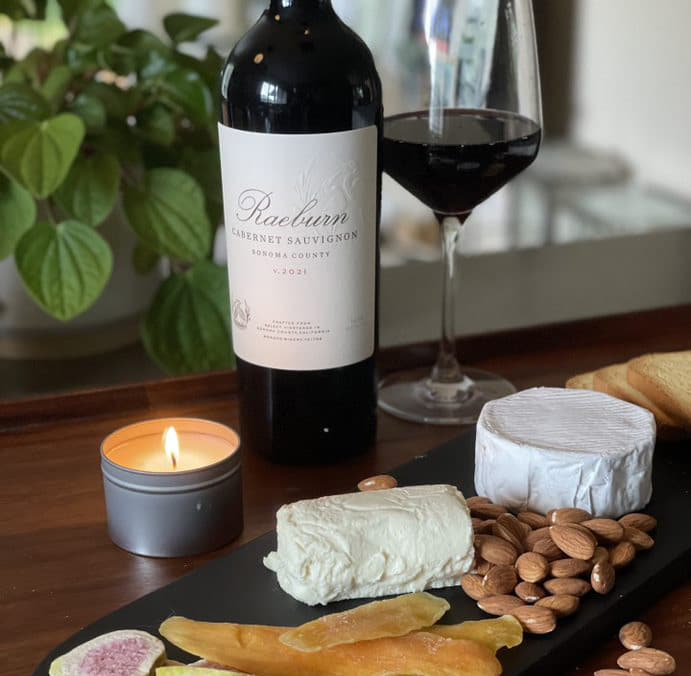There’s a reason cheese boards are found at nearly every gathering – there’s simply no better way to provide a delicious array of little bites and snacks for every guest to enjoy. Building a beautiful board takes skill and even a little creativity, but that doesn’t mean it has to be complicated. From the selection of cheeses to the choice of accompaniments and the perfect wine pairings, we’ll walk you through some tips to help you build a cheese tray that looks stunning and tantalizes the taste buds.
1. Flavor, Texture, Variety
When it comes to cheese, diversity is key. Select a mix of cheeses representing different textures, flavors, and milk types for a more dynamic experience. A well-rounded cheese tray typically includes a combination of soft, semi-soft, hard, and blue cheeses. Consider options like creamy, rich Brie, nutty aged Gouda, tangy fresh goat’s milk cheese, and an intense Blue for a balanced assortment. You can even add a plant-milk-based cheese for different dietary needs. Offering 3-4 cheeses provides variety without being overwhelming.
2. Accompaniments Matter
Enhance the flavors of your cheeses by incorporating a variety of accompaniments. Dried fruits like apricots or dates add contrast, while sliced apples, pears, or grapes are a juicy palate refresher. Add a crunchy element with a selection of nuts, such as almonds, walnuts, or pistachios, and a bit of extra sweetness with honeycomb, quince paste, or jam. For a zesty kick, you can add a grainy mustard or chutney.
3. Artful Presentation
Arrange your cheese and accompaniments with care. Use a wooden or marble board to create an appealing visual display. Group cheeses by type and consider leaving some space between each variety to prevent flavors from blending. Don’t forget garnishes, like fresh herbs and even edible flowers.
4. Temperature Matters
Just as with wine, cheese is often served at the incorrect temperature. Remove your cheeses from the refrigerator about an hour before serving to allow them to come to room temperature. This brings out their full flavor and enhances the overall tasting experience.
5. Educate and Engage
Provide small tasting notes or labels for each cheese, allowing guests to learn more about what they enjoy. This adds an educational element to the tasting and encourages conversations.
Of course, pairing the right wine with your cheese selection can elevate the entire experience. Here are some of our favorite pairings:
- Sauvignon Blanc and Goat Cheese: The bright, even grassy flavors in the wine and cheese complement each other.
- Chardonnay and Brie: The buttery notes of Chardonnay harmonize with rich, creamy cheeses.
- Pinot Noir and Gruyere: Pinot Noir’s earthiness and light body pair well with the more delicate flavors of Gruyere.
- Cabernet Sauvignon and Cheddar: Bold meets bold in this match-up, with the robust flavors and tannins in Cabernet Sauvignon balancing complex Cheddar.
Creating a memorable cheese tray is an art that combines flavors, textures, and presentation. Let your taste preferences be your guide, and don’t be afraid to add flair to your board. When you bring delicious wines and cheeses together, there’s no way to go wrong.


